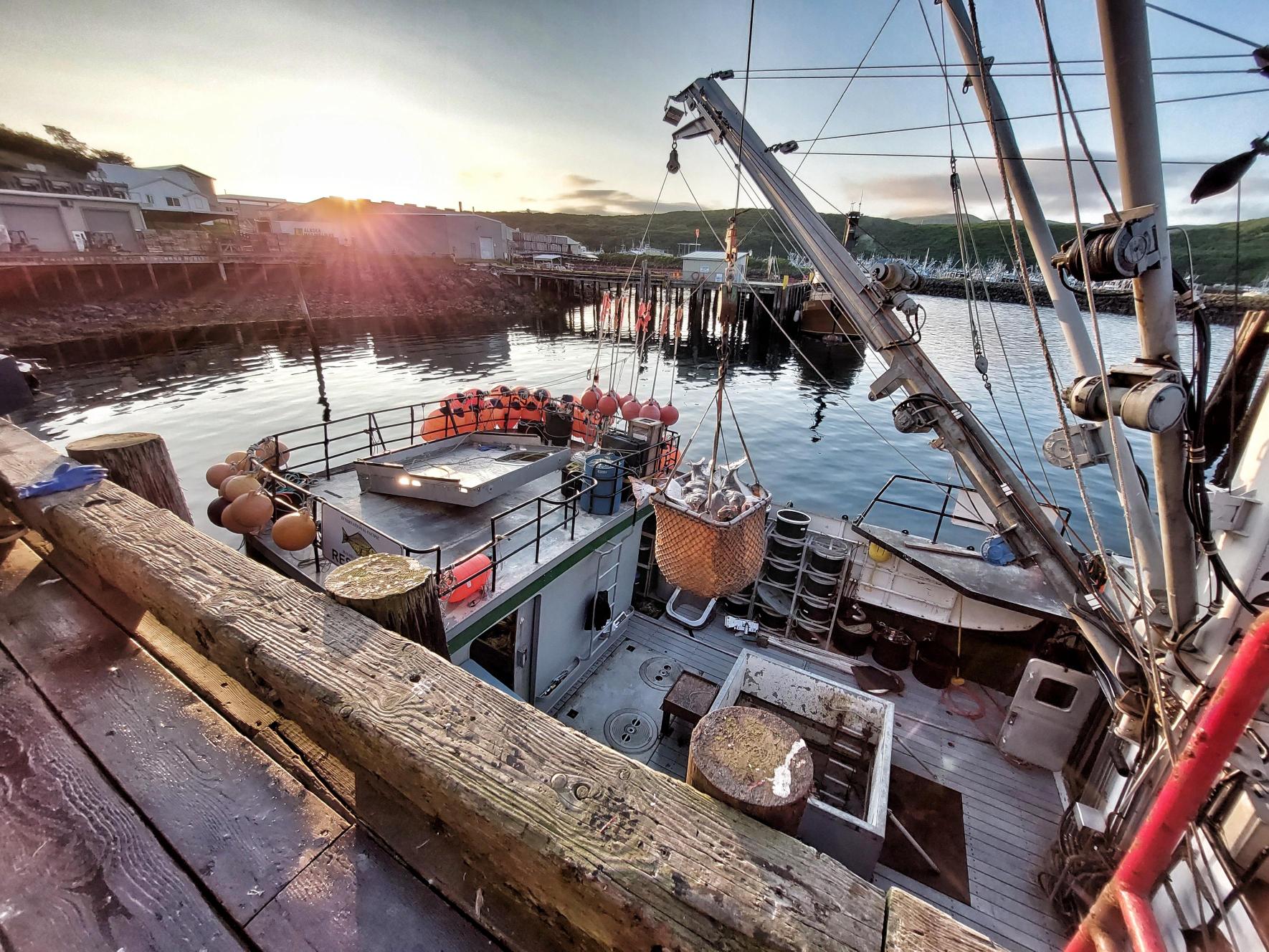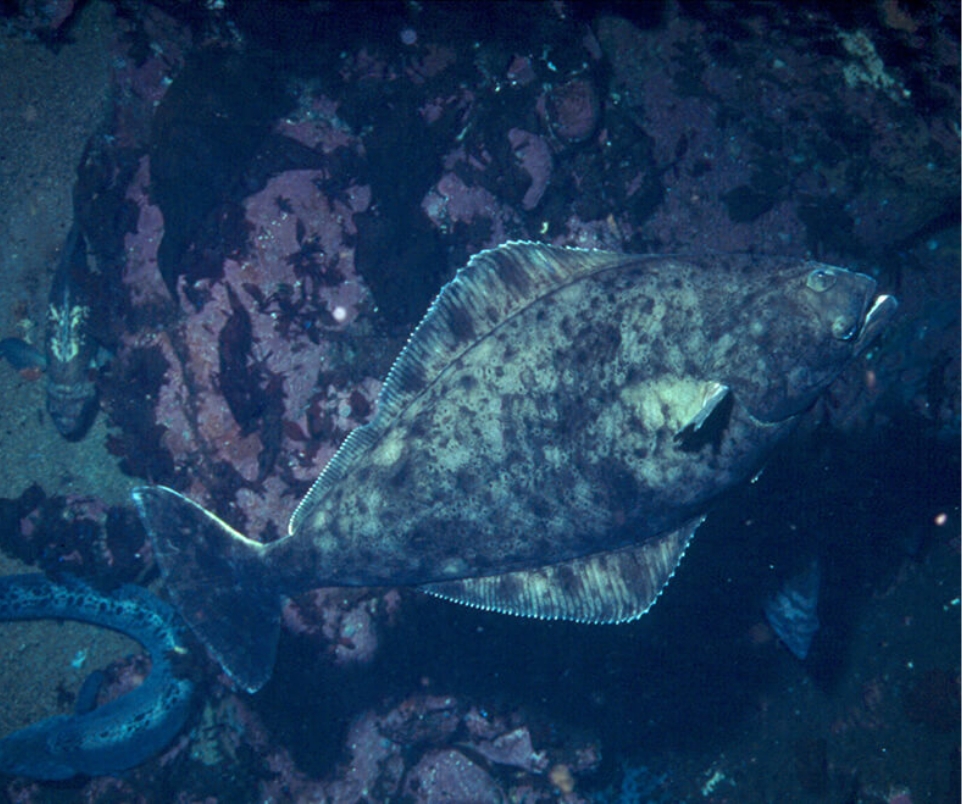Homepage
Upcoming Meetings
102nd Session of the IPHC Finance and Administration Committee (FAC102)
- 14 Jan 2026
- Electronic
102nd Session of the IPHC Annual Meeting (AM102)
- 19-22 January 2026 (23 January 2026 if needed)
- Bellevue, WA, USA
31st Session of the IPHC Processor Advisory Board (PAB031)
- 20-21 Jan 2026
- Bellevue, WA, USA
- View All
Latest News
Subscribe for IPHC Latest News
Recent Reports


